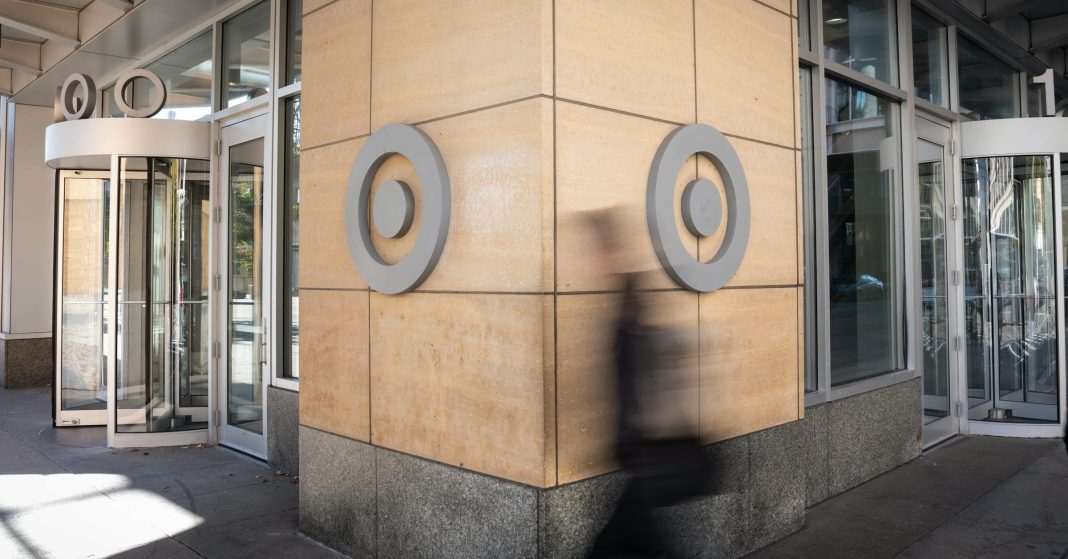The retail landscape is a shifting, dynamic beast, and even the titans are not immune to its tremors. In a move that sent ripples through the industry, Target, a beloved household name, recently announced a significant organizational overhaul. The headline: a restructuring that impacts approximately 1,800 jobs, leading to 1,000 direct layoffs. This isn’t just a corporate maneuver; it’s a stark indicator of the immense pressure and rapid evolution currently defining the world of retail.
Understanding the Strategic Pivot
When a company of Target’s stature makes such a significant staffing adjustment, it’s rarely a knee-jerk reaction. Instead, it’s typically the culmination of deep analysis and a strategic re-evaluation of its operational blueprint. The prevailing narrative suggests Target is streamlining its operations, paring down its corporate structure to become more agile and competitive in an increasingly digital-first marketplace.
The rationale is clear: traditional brick-and-mortar retailers are battling on multiple fronts. They face aggressive competition from e-commerce giants, evolving consumer expectations around convenience and value, and the ever-present need to optimize costs. For Target, this means a renewed focus on core strengths, investing in areas like digital transformation, supply chain efficiencies, and developing exclusive brands that differentiate it from competitors. The job cuts, while painful, are presented as a necessary step to free up resources and talent for these strategic priorities, essentially shedding what’s deemed less essential to invest more heavily in growth areas.
The Human Impact and Retail’s Evolving Face
Behind every number in a corporate announcement are real people and real lives affected. The 1,000 individuals directly laid off, and the additional 800 roles impacted, represent families and careers undergoing sudden change. Target has indicated plans to offer severance packages and career support, a common practice in such large-scale transitions, but the emotional and economic toll remains significant.
This restructuring isn’t an isolated incident; it’s part of a larger, ongoing narrative in retail. Across the sector, companies are grappling with how to integrate physical stores with robust online platforms, how to use data to personalize experiences, and how to deliver goods faster and more efficiently than ever before. This often translates to shifts in staffing needs, with roles becoming obsolete while new ones emerge in technology, analytics, and logistics. As one retail analyst, Sarah Jenkins, observed, “These aren’t just numbers; they represent a harsh reality of a retail sector in flux. Target is making tough choices now to secure its future position, but it underscores the profound changes impacting the workforce.”
Ultimately, Target’s job cuts serve as a powerful signal. They highlight the relentless pressure on established retailers to innovate and adapt. While difficult for those directly affected, these moves underscore a broader industry trend: a leaner, more technologically integrated retail environment is emerging, one that demands constant re-evaluation of how businesses operate and how they staff for tomorrow’s challenges.
The future of retail isn’t about simply selling products; it’s about curating experiences, leveraging technology, and navigating an intricate dance between online convenience and the enduring appeal of physical shopping. Target’s latest move is a dramatic, but perhaps inevitable, chapter in that ongoing story.




